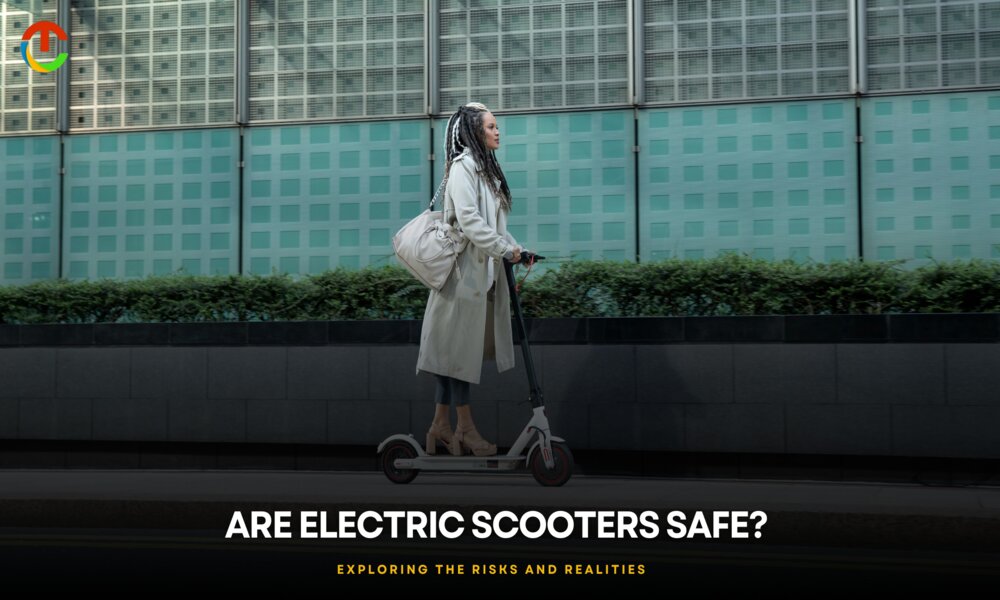As cities throughout the world adopt micro-mobility, the topic of “Are electric scooters safe?” becomes more essential than ever. What began as an environmentally benign, efficient option for short commutes is now under increasing scrutiny because to an increase in injuries and fatalities.
Electric scooters, previously regarded as a beacon of urban innovation, are now causing alarm among medical professionals, city officials, and regular commuters. The spike in accidents has inspired inquiries into scooter design, user behavior, and urban infrastructure, all of which are essential components of the safety discussion.
Surge in Accidents Raises Alarm
According to recent hospital records in major cities such as Los Angeles, New York, and Austin, emergency department visits for e-scooter accidents have climbed dramatically in the last two years. From fractured bones and concussions to more serious head traumas, the toll is constantly increasing.
A troubling trend has emerged: many of these occurrences involve first-time riders or those who do not wear helmets. In cities with popular scooter-sharing systems, safety requirements are frequently disregarded, either due to a lack of enforcement or user irresponsibility.
Deaths Linked to Scooters Spark Investigations
While minor injuries are one aspect, fatalities are another. In several states across the U.S., wrongful death lawsuits have been filed against scooter companies after riders were killed in crashes involving cars or malfunctioning equipment.
These cases are prompting city councils to reassess regulations. Some cities have temporarily banned or limited scooter operations to reevaluate traffic rules, helmet mandates, and ride zones. Municipalities are now investing in data to track accident hotspots and understand the root causes.
Experts Warn of Gaps in Infrastructure
Urban planners point to the lack of dedicated bike or scooter lanes as a major problem. Without clear paths, scooters share space with vehicles and pedestrians — a setup that leads to chaos and collisions. Inconsistent road conditions, such as potholes or uneven pavement, also increase the risk of crashes.
“There’s a disconnect between how quickly these devices hit the streets and how slowly cities can adapt,” said Dr. Amy Reeds, a public health researcher. “The infrastructure wasn’t designed for this surge in micro-mobility.”
Scooter Companies Face Growing Pressure
Companies behind these scooters, like Bird, Lime, and Spin, now find themselves at a crossroads. While they promote their commitment to safety with built-in speed limits, warning systems, and community safety events, critics argue that these steps fall short.
There’s a growing demand for improved safety measures: mandatory rider education, better-quality brakes, reinforced wheels, and stricter enforcement of helmet use. Insurance and liability coverage are also hot topics in ongoing public debates.
Public Divided Over Future of Scooters
With the criticism, many people continue to use scooters because they are convenient and affordable. However, the mounting casualty figures cannot be ignored. Safety experts urge caution before fully integrating scooters into public transportation systems.
Are electric scooters safe? The answer isn’t simple — it’s layered with personal responsibility, corporate ethics, and civic planning. What is clear is that without immediate intervention, the risks could outweigh the benefits.





